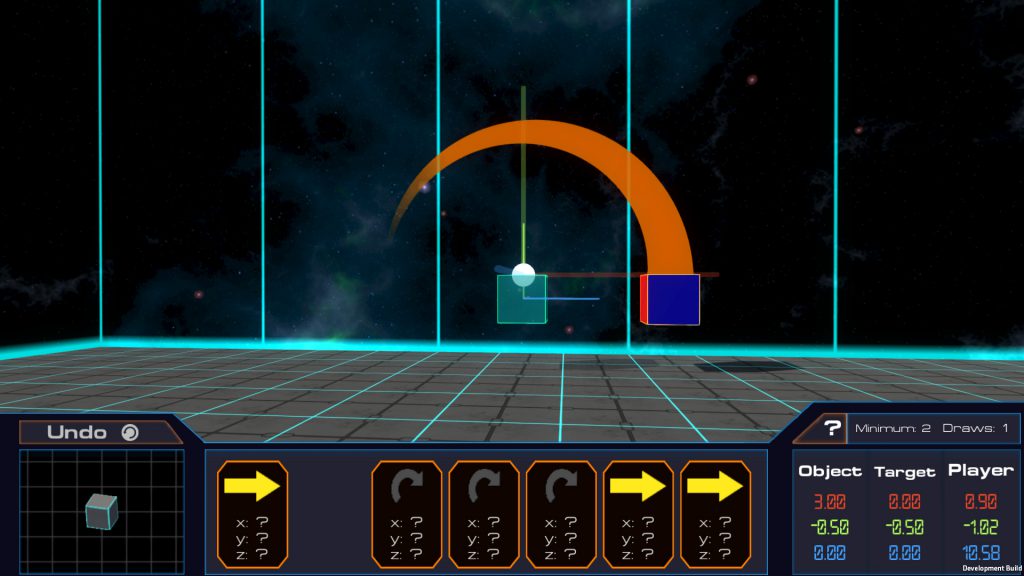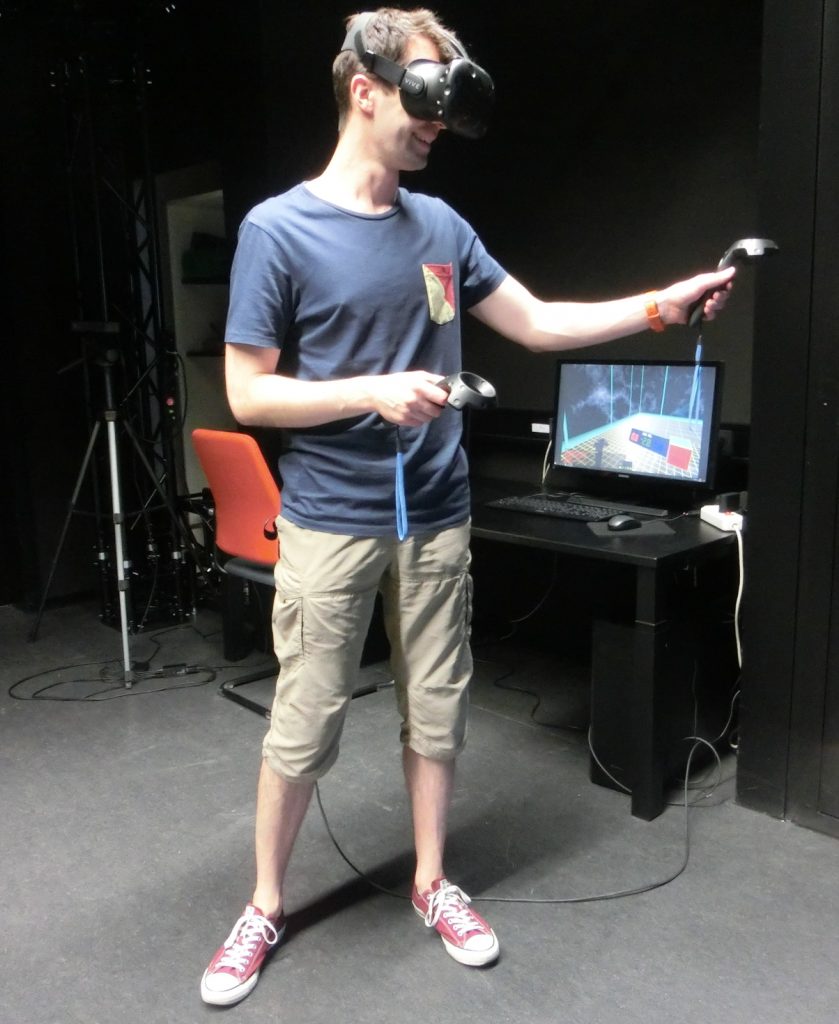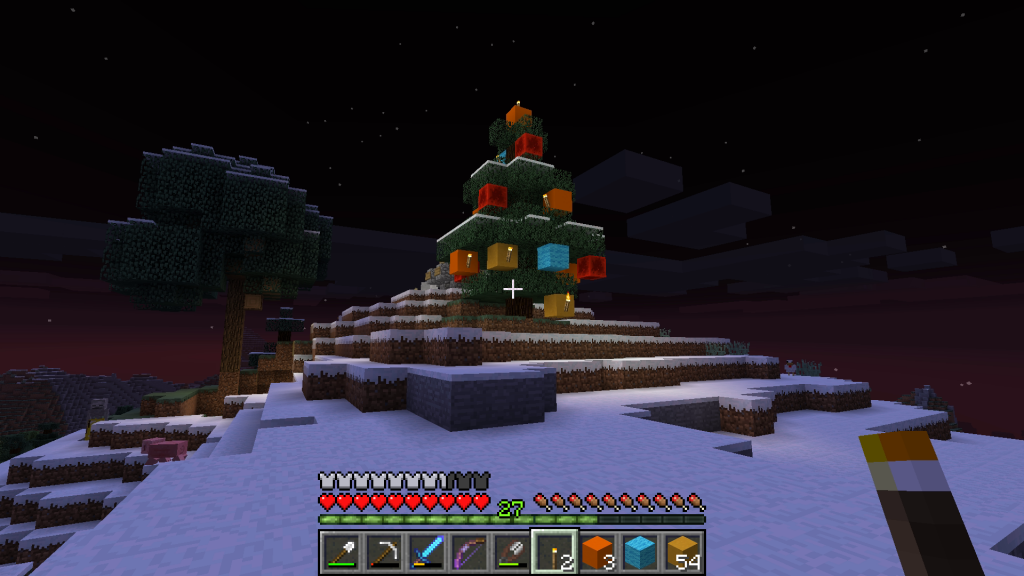2017
During my ongoing literature review I often discover interesting facts about things I’ve never thought about. Sometimes I can connect these facts with my own observations: The result is mostly a completely new idea why things are as they are. Maybe these ideas are new to you, too. Therefore I’ll share my new science based knowledge with you!
This week: This time, I think about the year 2017 and try to summarize the most important events of this year.
This year is coming to an end and so it is once again time to take a look back and to reflect on the most important things that took place during the year 2017 in my life.
Accepting a job offer and moving to Würzburg
The probably most significant event of this year was the fact that I got offered a job from my PhD advisor which I accepted happily. This, however, not only resulted in a completely different involvement in the world of scientific work, but also in the fact that I had to leave the town where I lived for the last ten years. While the act of moving itself was not that challenging (except for finding a decent apartment), getting used to the new environment resulted in a few disappointments as the new town does not feature an easy access to vast forests and nature in general like the previous one did. Furthermore, I have not managed to find a decent running trail, yet, which also results in a bit of a disappointment on my end.

GEtiT: Gamified Training Environment for Affine Transformation
Working for my PhD advisor and his research group, on the other hand, provided me with a lot of great experiences, challenges and, luckily, rewarding moments. Unfortunately, despite of having submitting the key paper discussing the central theoretical model of my PhD thesis, my personal scientific work came a bit to a stall this year. This, however, is not due to the fact that I constantly was too busy to work on my PhD, but a result of the journal’s long peer review process. Hopefully, they will decide to accept my paper, soon, as this would finally allow me to start pushing things forward and finishing the PhD.

Using the HTC Vive
Research-wise, the year also had two busy months in stock for me, as a colleague and I managed to develop a demonstrator for VR interaction techniques, evaluate them and prepare the study’s results for submission within 1 1/2 months. Although very stressful, this project demonstrated our good team performance and resulted in a great learning outcome for both of us. Hopefully, the reviewers will agree with our paper …
Another important part of this year was getting more involved in teaching and the challenge of developing an interdisciplinary seminar. This seminar is intended to simultaneously provide students who study to become a teacher with the opportunity to deepen their school pedagogy knowledge and to develop a basic understanding of human-computer interaction and usability. While the development of the seminar’s contents often caused some intense discussions, the results indicate that such an interdisciplinary approach is highly welcomed by the students.
New friends
Working in a new environment also resulted in the chance to meet new people and to find new friends. Personally, I am very lucky that I work for two individual chairs and, as a result of this, I got the chance to meet a lot of great and amazing people this year. Some of them became my best friends over this time and I hope they continue to be an integral part of my life.
Thank you!
Iceland

Northern Lights
The year 2017 also provided me with the opportunity to visit Iceland for the fourth time. After having seen this beautiful country in summer, late spring and winter, we visited it during fall and were stunned by all the beautiful fall colors. My personal highlights of this journey were the trip to the Askia (I stood inside of a volcano!), enjoying strong Northern Lights, going on a day-long hiking trip into the Icelandic mountains and seeing once again a lot of fascinating waterfalls. On the other hand, this fourth journey not only demonstrated that Iceland currently is overrun by tourists, but also provided us with more drastic effects of the ongoing climate change. We need to start respecting our environment before it is too late!
Summary

Dyrhólaey
In sum, 2017 was a great year full of new experiences, new friendships and achieved goals. Of course, there were also some negative and sad moments, but they immediately vanish when I think about all the good things that took place. Let’s hope that the next year will be even better and that I can finally finish my PhD.
Happy New Year Everyone!

